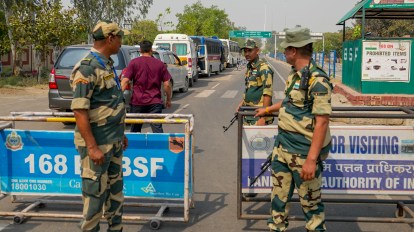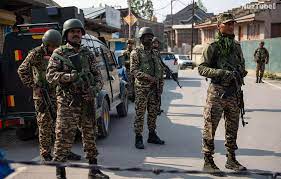Even after the surprising India-Pakistan ceasefire announced on 11 May 2025, several high-stakes measures enacted during the recent military escalation remain firmly in place. As both countries begin navigating the aftermath of their deadliest exchange in years, the question of normalization appears far from resolved.
Background: What Led to the Crisis?
India’s airstrikes on Pakistan-administered Kashmir followed the deadly 4 May attack on tourists in Pahalgam, Jammu and Kashmir, which New Delhi blamed on Pakistan-based militants. Pakistan denied any involvement, but within days, both sides engaged in retaliatory strikes and shelling, bringing the region to the brink of full-scale war.
Here are the five key measures that remain in effect:

1. Suspension of the Indus Waters Treaty
The Indus Waters Treaty (IWT), a 1960 World Bank-brokered agreement, remains suspended. Prime Minister Narendra Modi emphasized, “Water and blood cannot flow together.” Pakistan calls the suspension unlawful and damaging. Learn more about the IWT at World Bank.
2. Suspension of Visas and Diplomatic Expulsions
Both nations have halted nearly all visa processing. India expelled Pakistani defence attachés, declared them persona non grata, and recalled its own officials from Islamabad. Pakistan responded in kind. Reduced embassy staff and visa freezes have brought people-to-people contact to a near halt.
3. Closure of Borders, Including Kartarpur Corridor
The Attari-Wagah land crossing—the only road border between the two nations—is now sealed. Emotional scenes unfolded as families were separated due to the visa bans and the abrupt closure.
India also shut down the Kartarpur Sahib Corridor, a sacred visa-free route used by Indian Sikh pilgrims to visit the Gurdwara Darbar Sahib in Pakistan. Officials have indicated the closure will continue until further notice.
4. Airspace Shutdown
Pakistan’s airspace remains closed to Indian aircraft, and India has reciprocated. This has led to longer international flight routes, resulting in higher operational costs and delays, affecting travelers and airlines alike.
5. Trade Suspension
All formal trade between the two countries has ceased. While the economic blow to India is minimal due to its limited imports from Pakistan, the impact on Pakistan’s fragile economy is significant—especially in sectors like pharmaceuticals and raw materials.
What’s Next?
While the ceasefire has temporarily calmed border tensions, trust is in short supply. With both sides unwilling to reverse key measures, normalization may hinge on third-party mediation and a gradual de-escalation process. Talks remain stalled, and the threat of renewed conflict still looms.
Conclusion
The 2025 India-Pakistan ceasefire may have halted missiles and shelling, but on the ground, the political, economic, and humanitarian fissures remain deep. The continuation of these five punitive measures signals that true peace between the neighbors remains elusive—for now.









